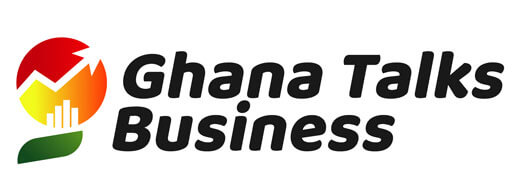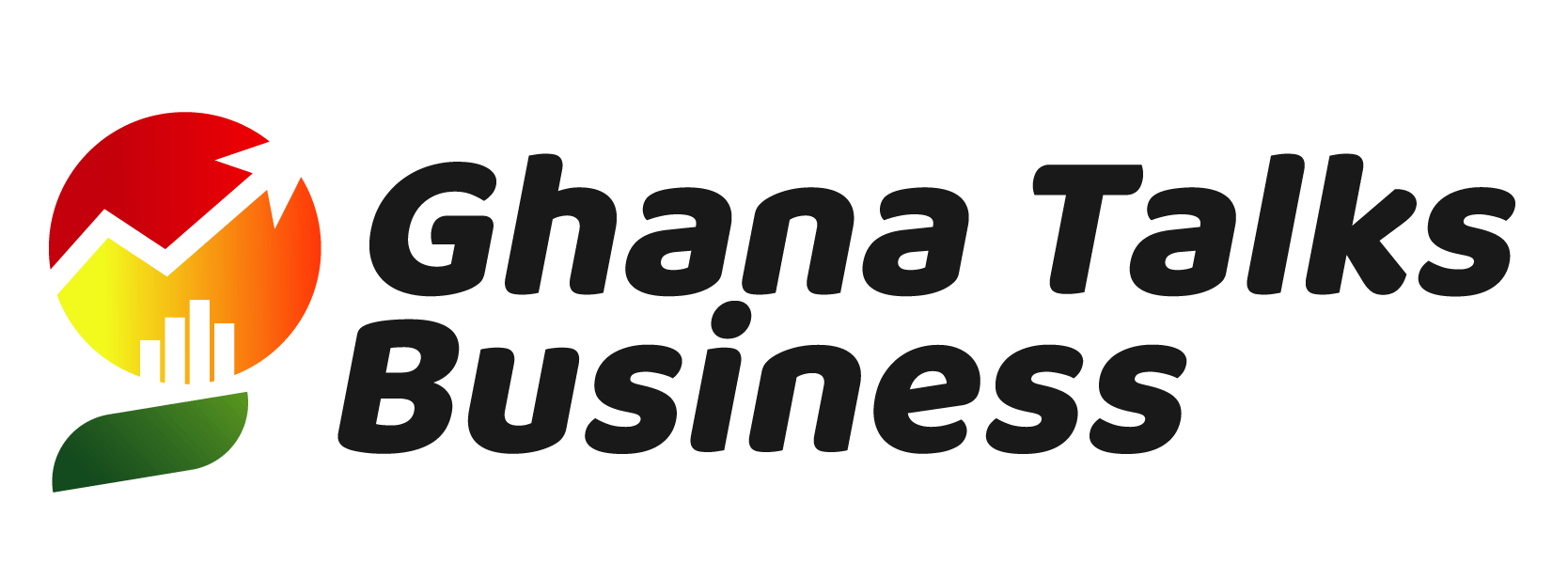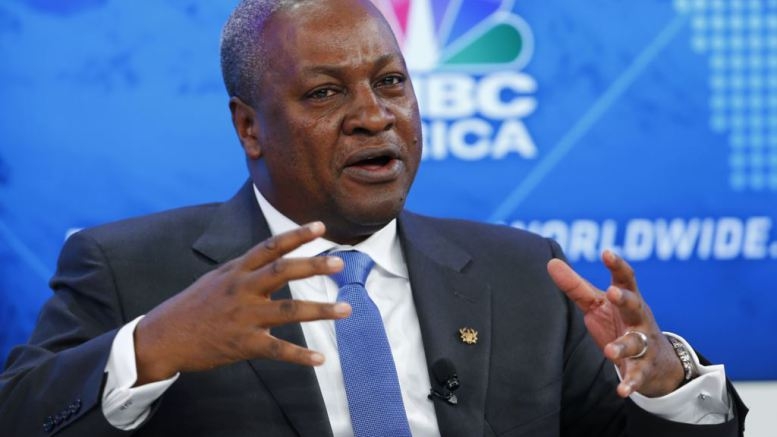
For the first time in the political history of Ghana’s last decade, the citizens, analysts, civil society organisations, and government officials debated publicly the position of the government’s fiscal policy for the 2016 fiscal period, in the hope of predicting its direction; an ‘austere’ budget vs a ‘lax’ budget. Such debates have usually been the preserve of the affluent and more sophisticated section, including development partners (multilaterals and bilaterals alike). This epitomizes the sense of desperation and the search for economic recovery and prosperity by all players and stakeholders in the Ghanaian economy. This objective of the governed appears to have been missed if not ignored by the very construct of the budget as an economic management tool, and more crucially as a ‘strategy’ for bringing the economy back to winning ways.
“Budgeting 101” will admonish that a finance ministry and indeed the government of any state to provide concrete reasons and explanations for which previous budgetary estimates and projections have been met or otherwise, with a detailed opinion, on the recovery strategies for the forthcoming budget cycle. Well, this has not been the case of the Republic of Ghana, at least in the fourth republic. Crucially, the country has even moved further away from this principle in the last five years.
Themed, ‘consolidating progress towards a brighter medium term’, the 2016 government budget intends to run an estimated deficit of GHS8.4billion approximately 5.3 % of GDP (including the oil sector). Granted, this is just a projection, it makes every economic sense for the government through the finance ministry to justify this projection. The estimates for productivity of the economy (GDP) precedes, all other activities in the budgeting process. Should this projection be missed, there is every reason for all other indicators to be missed. It only takes a comparative analysis of the 2015 and 2016 assumptions to expose the ‘flaw’ in the outlook of 2016.
With a projected 3.9 % GDP (including the oil sector), and a corresponding inflation within 11.5 percent, the budget deficit barring all else, was estimated at 6.5 percent in 2015. These estimates were based on a purported recovery in commodity prices, imposition of ‘ridiculous’ taxes in a bid to raise domestic revenue, increased output of Cocoa and other essential traditional exports, and together with a supposed policy credibility which the economy will receive following the implementation of the extended credit facility (which will unlock capital from the global markets), among others. The contrary of these predictions occurred (commodity prices are still sticky at all-time lows, with some analysts projecting further declines in 2016, Eurobond issued at the highest yield in the country’s history – 10.75 percent – which begs the question of policy credibility promised under the ECF, cocoa output significantly reduced by more than a third of the projected output
Author: Patrick Stephenson is Associate Director of the Center for Economic Governance and Polical Affairs at IMANI.









